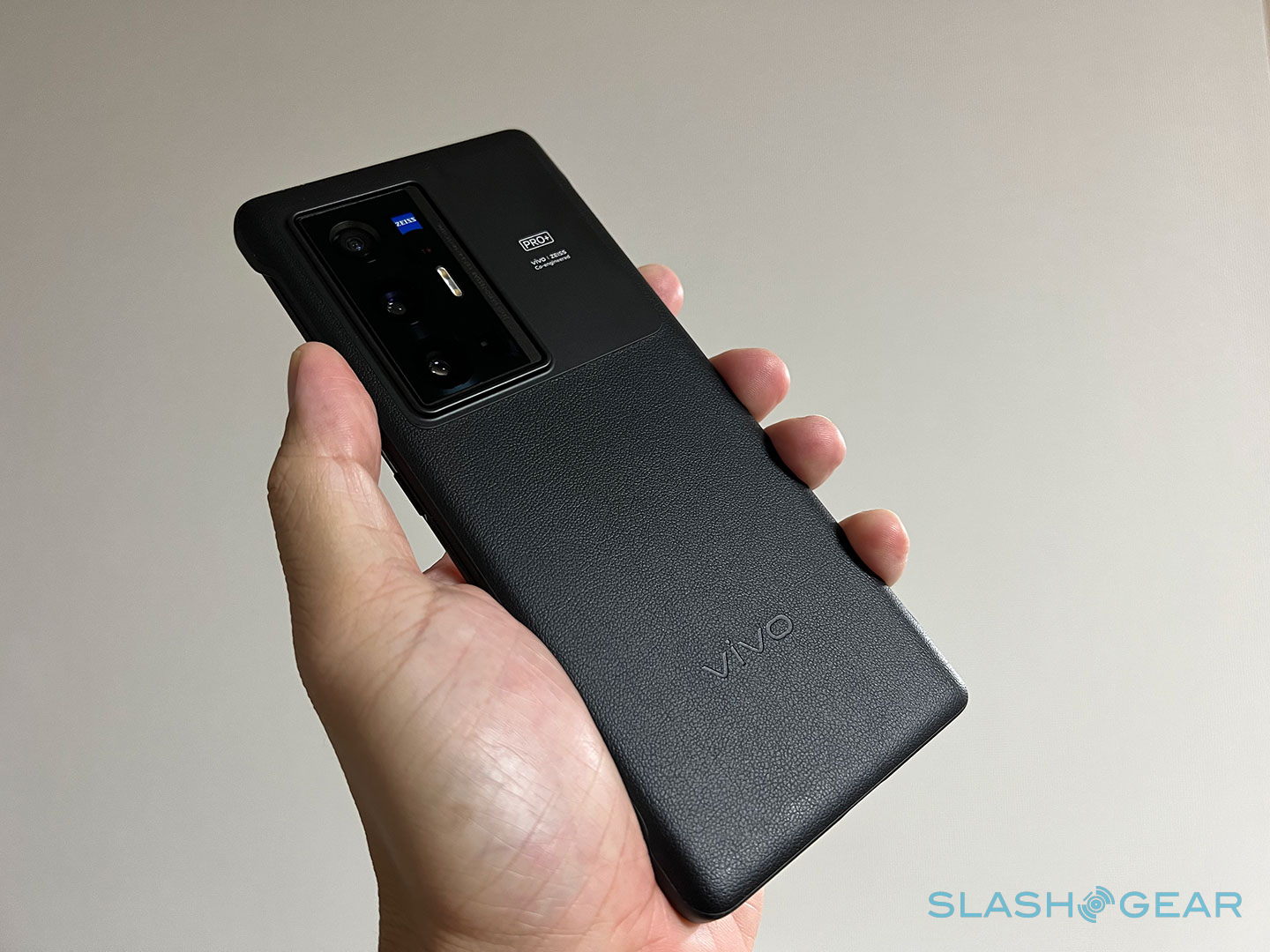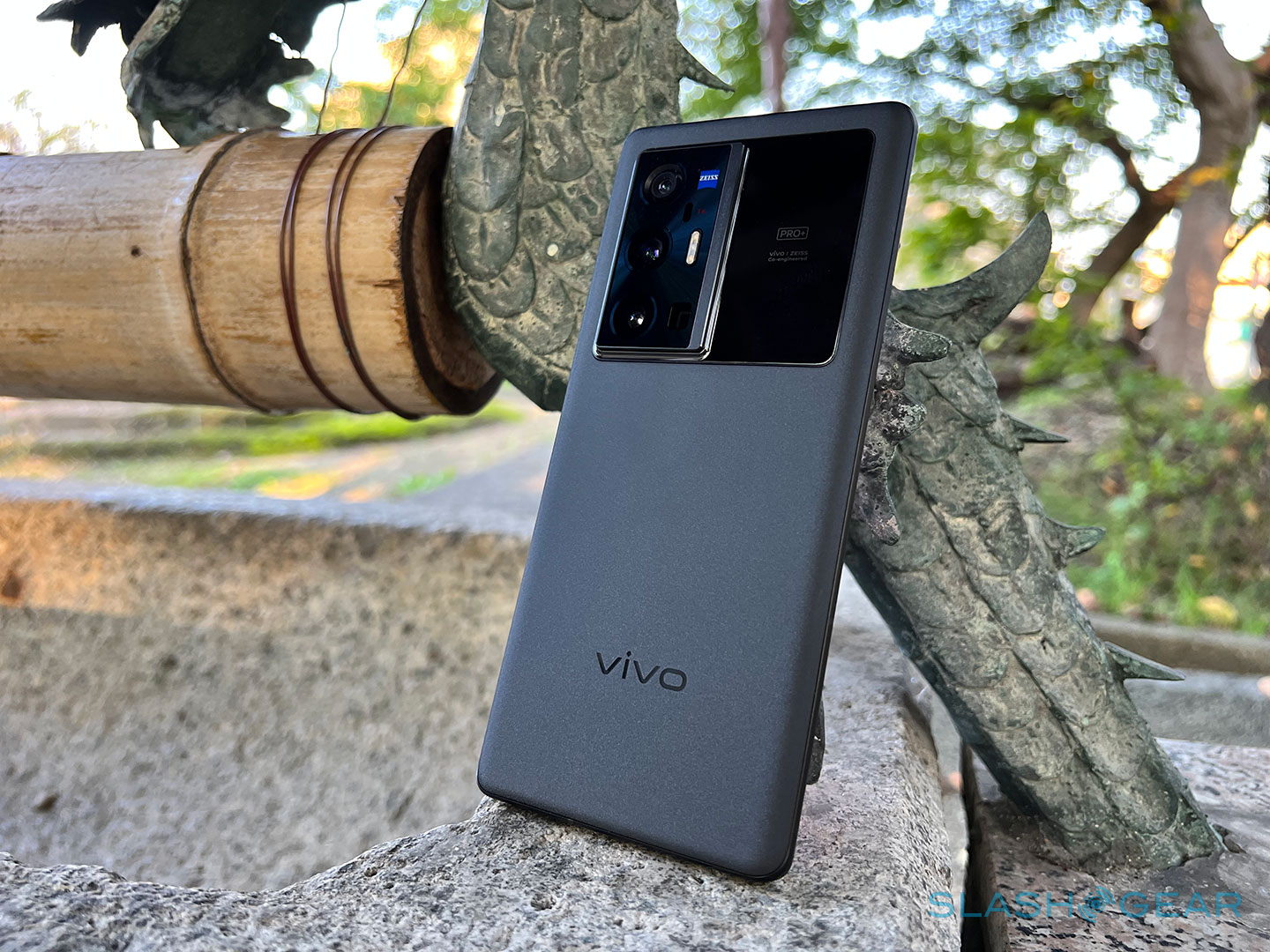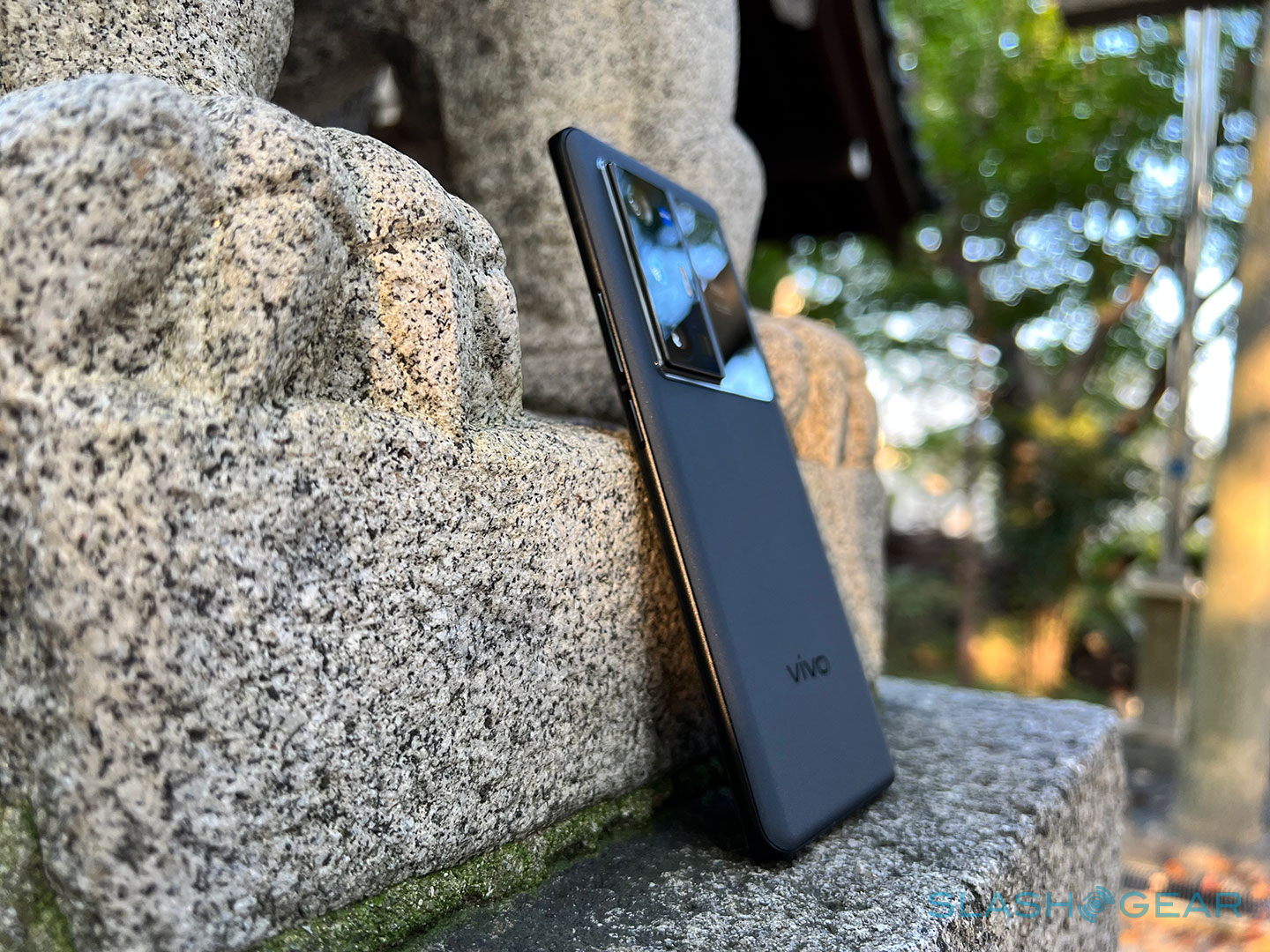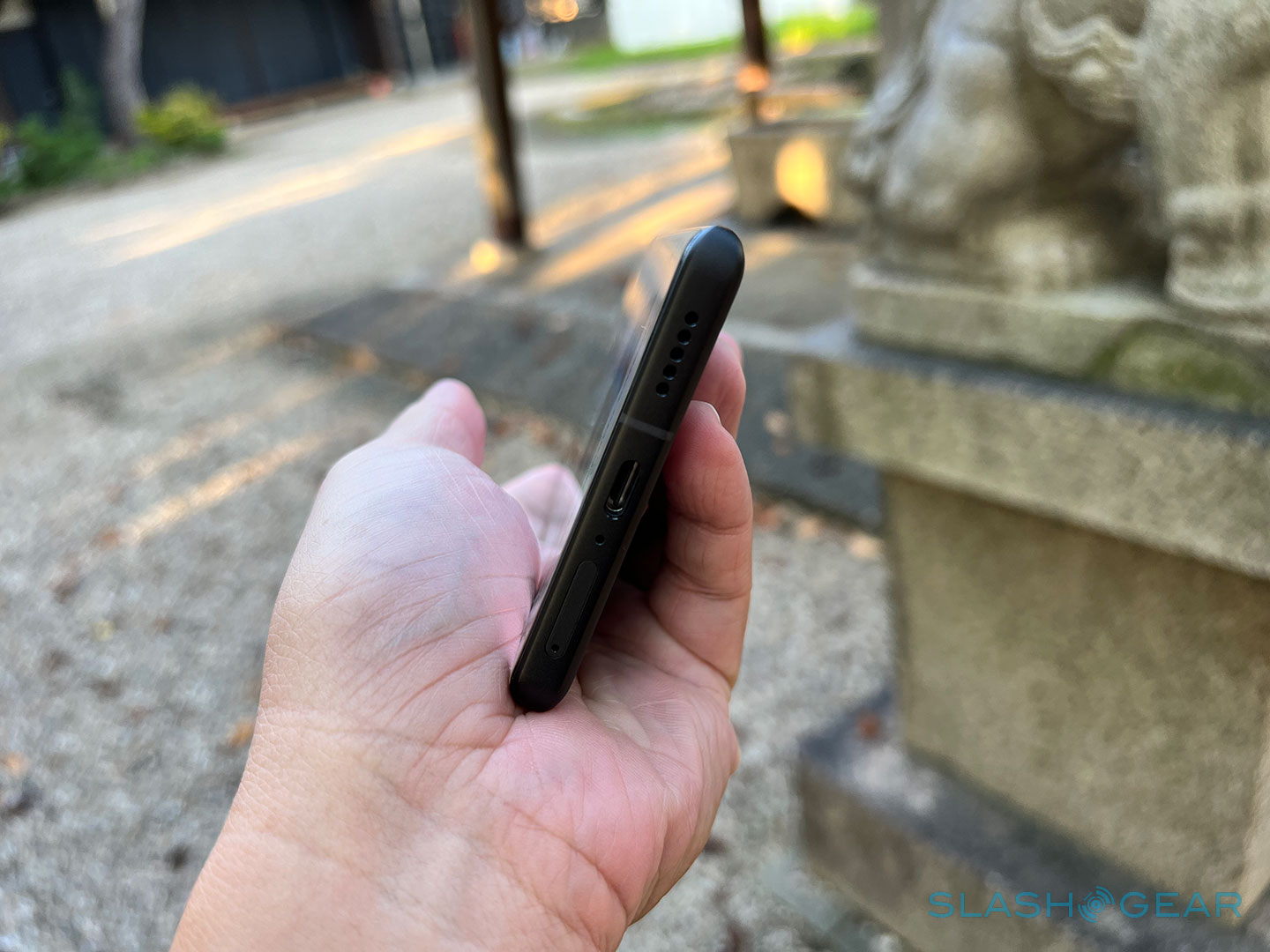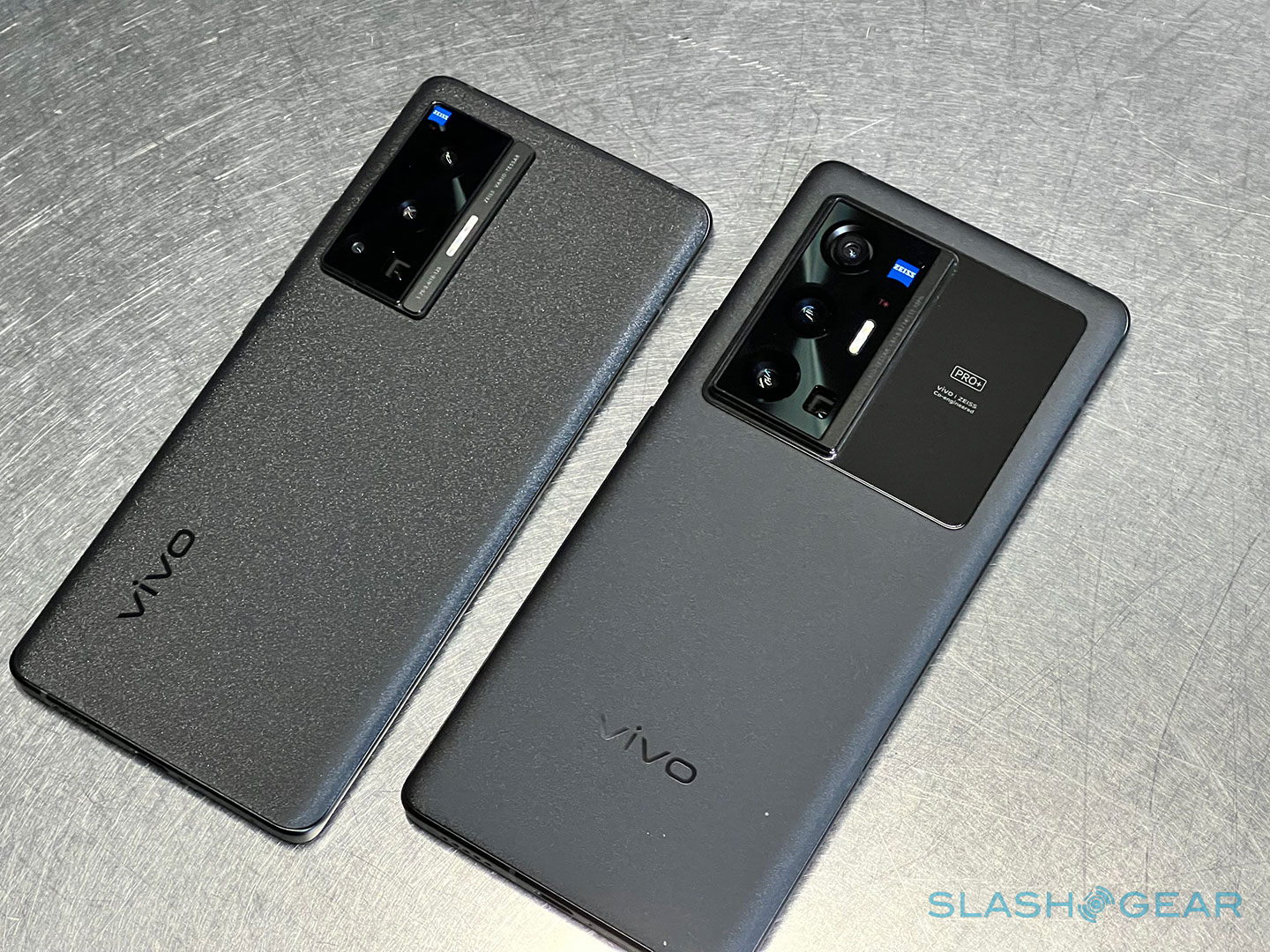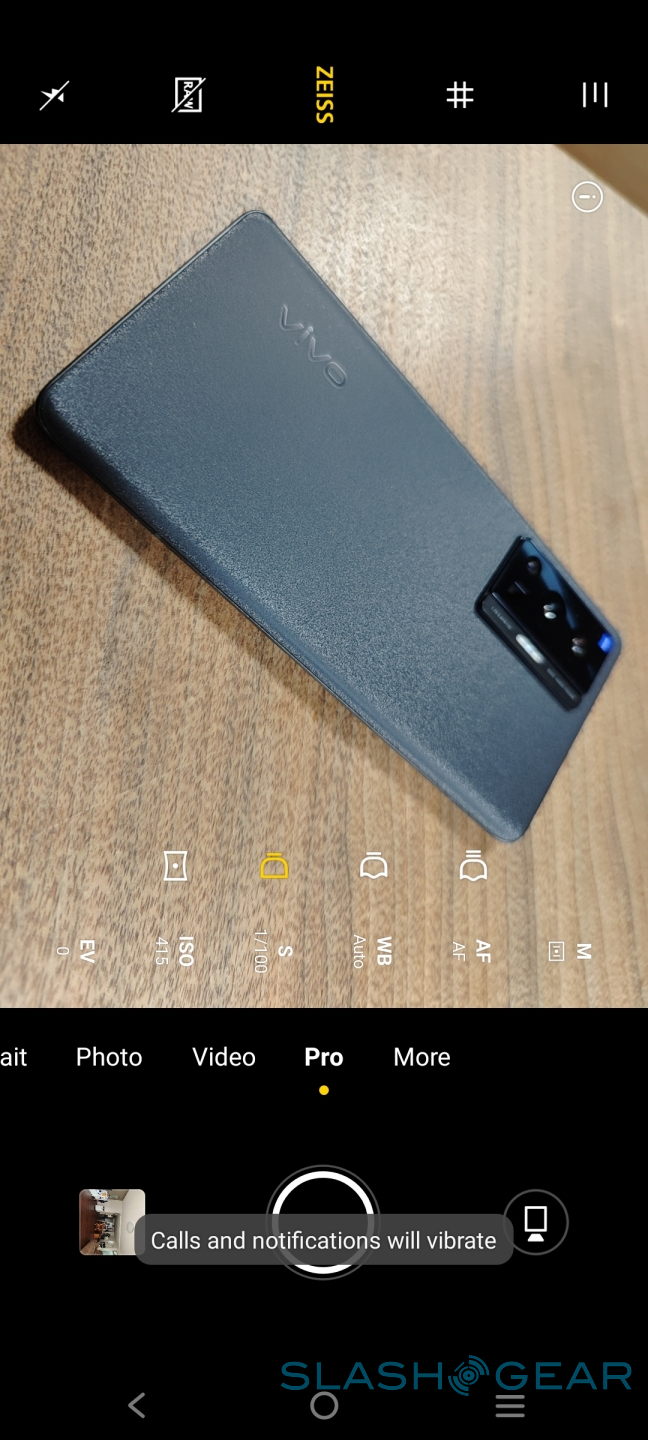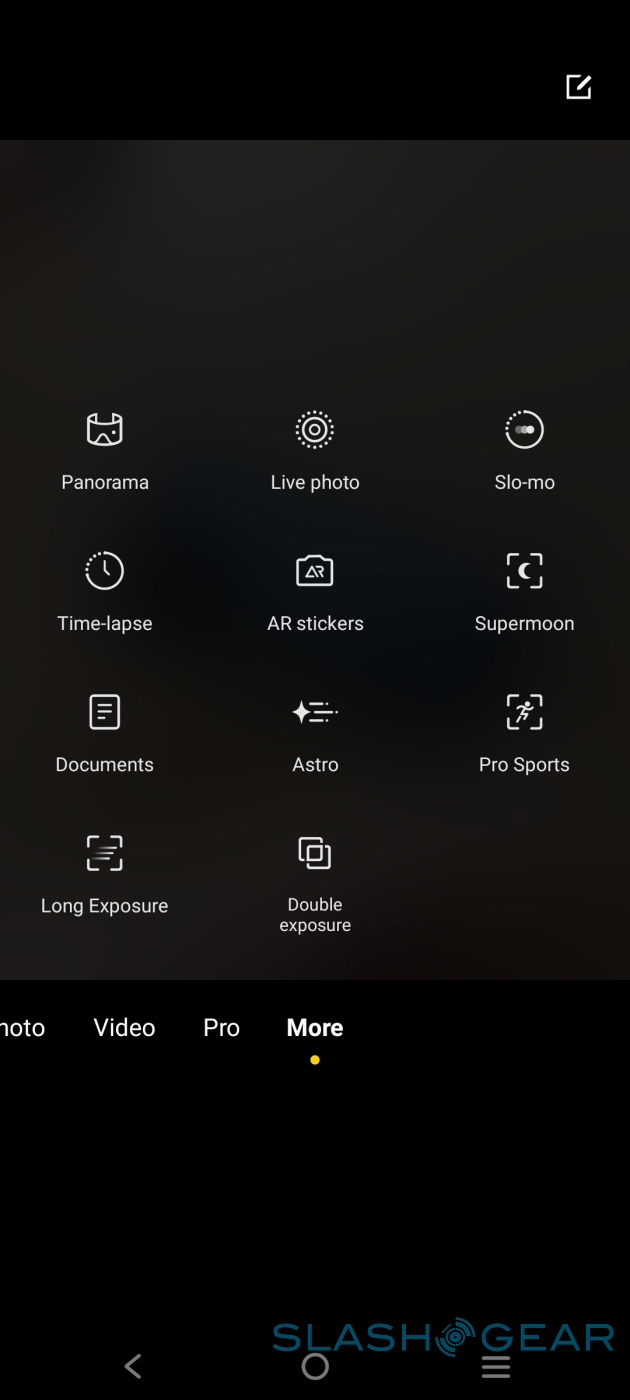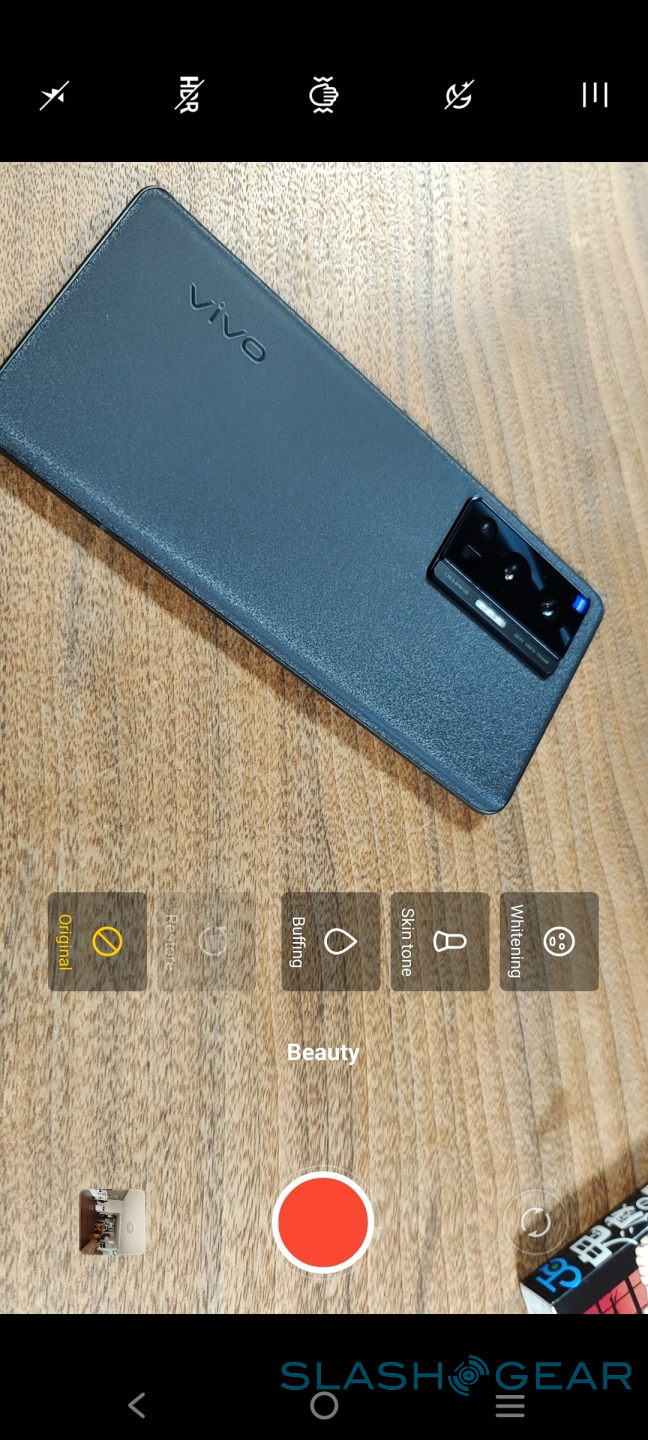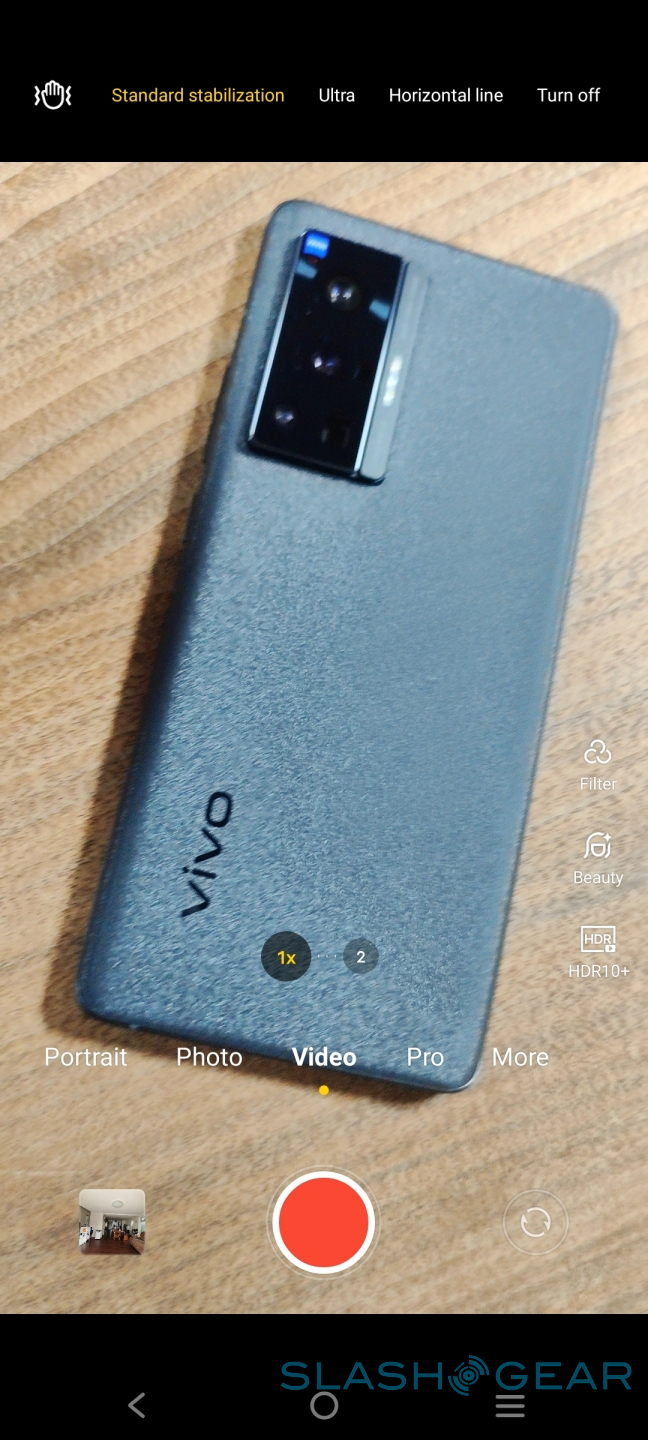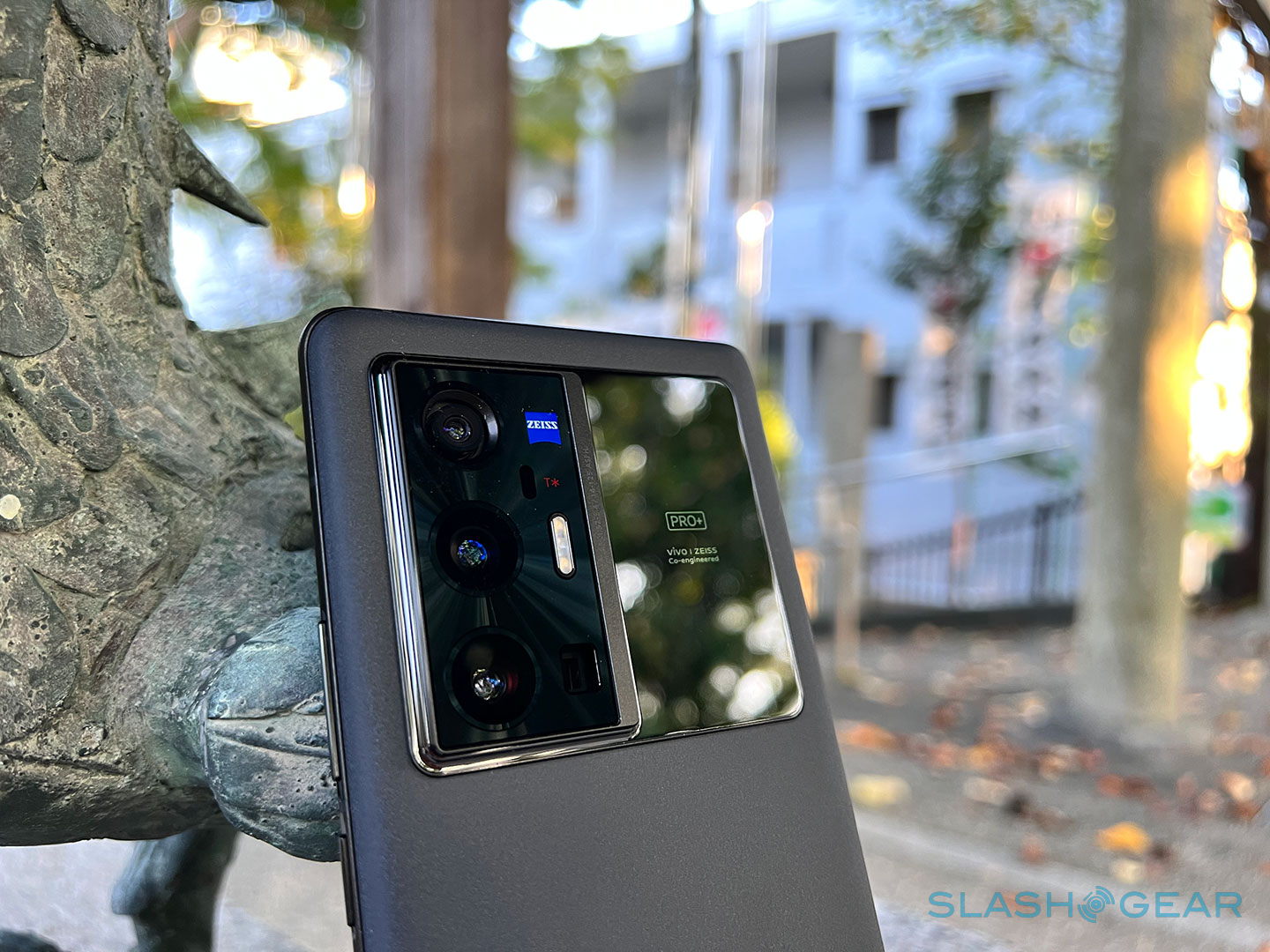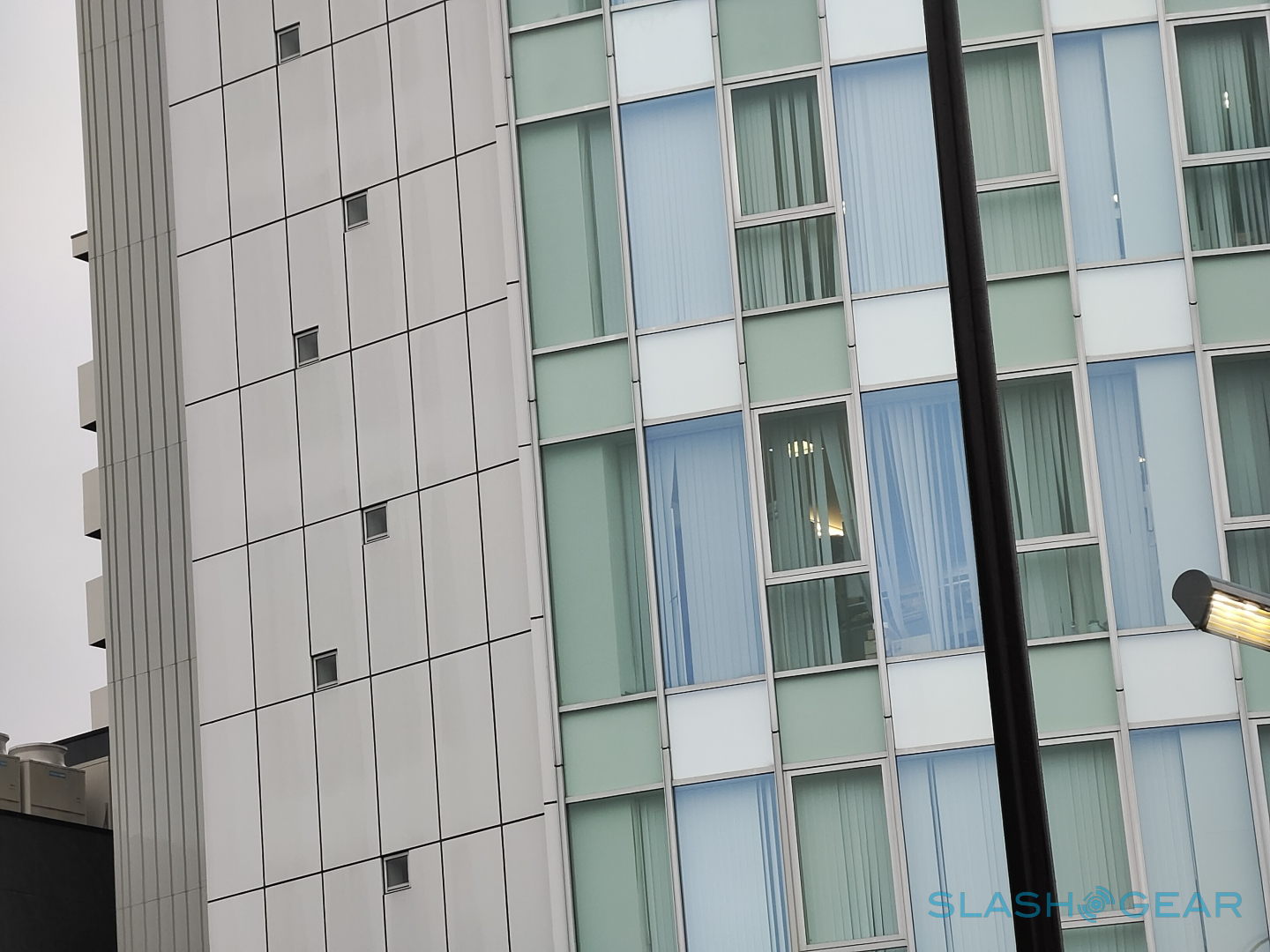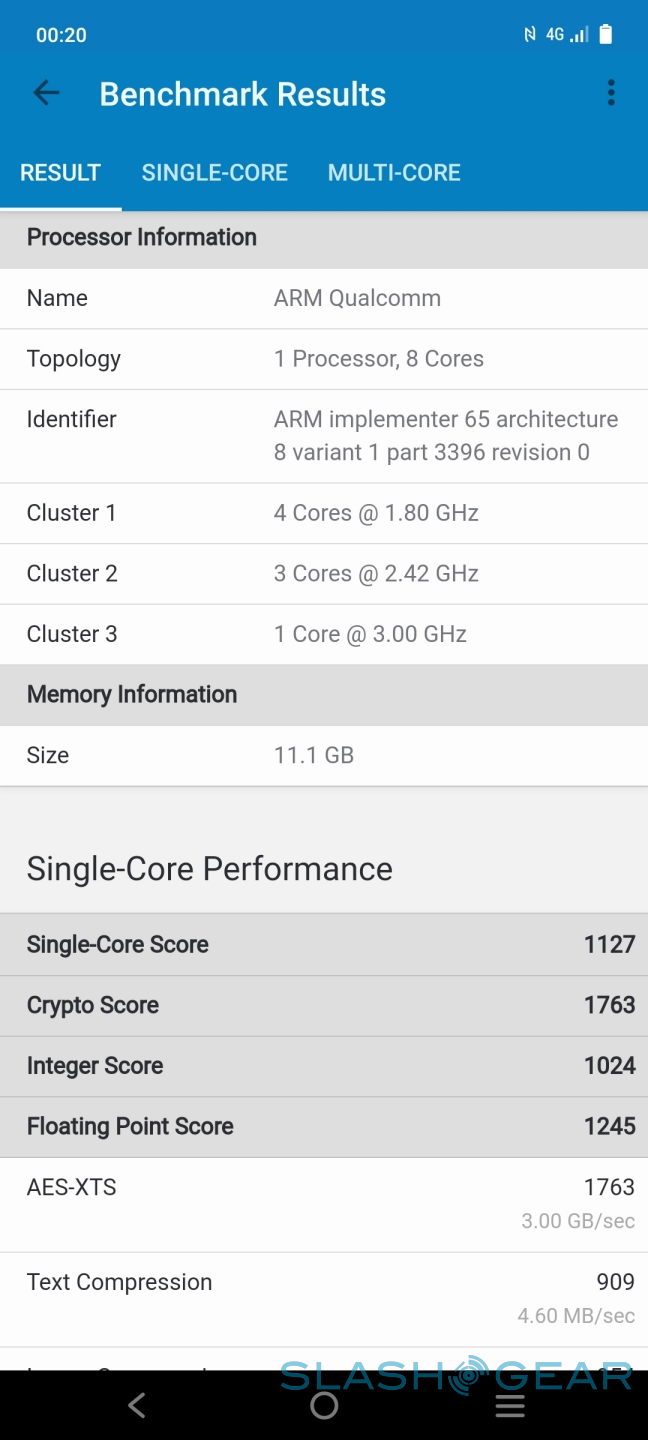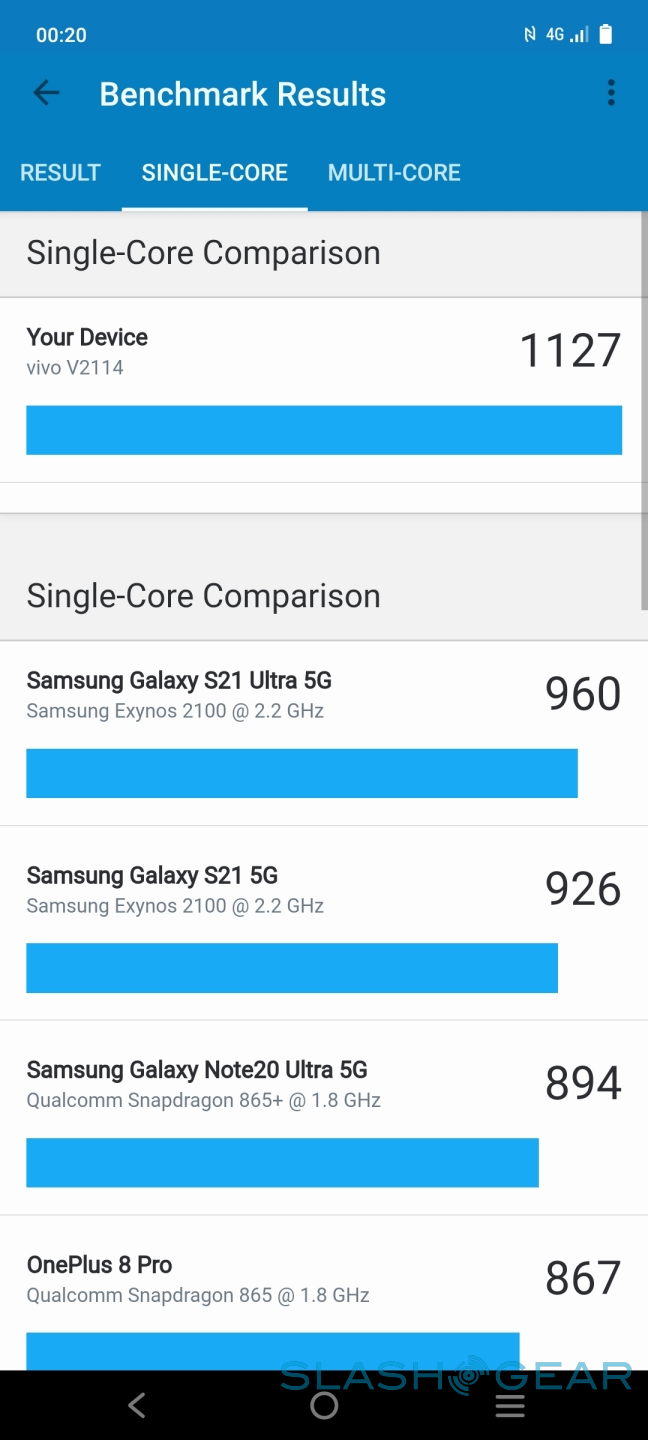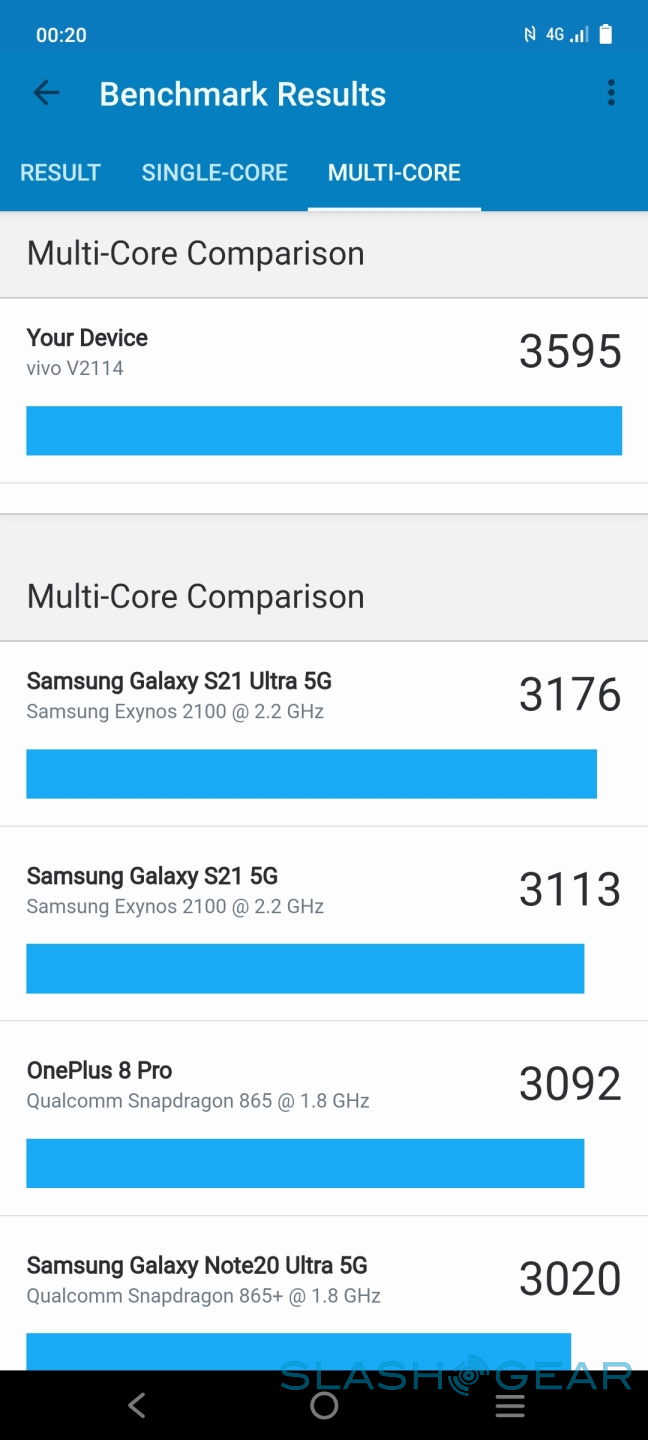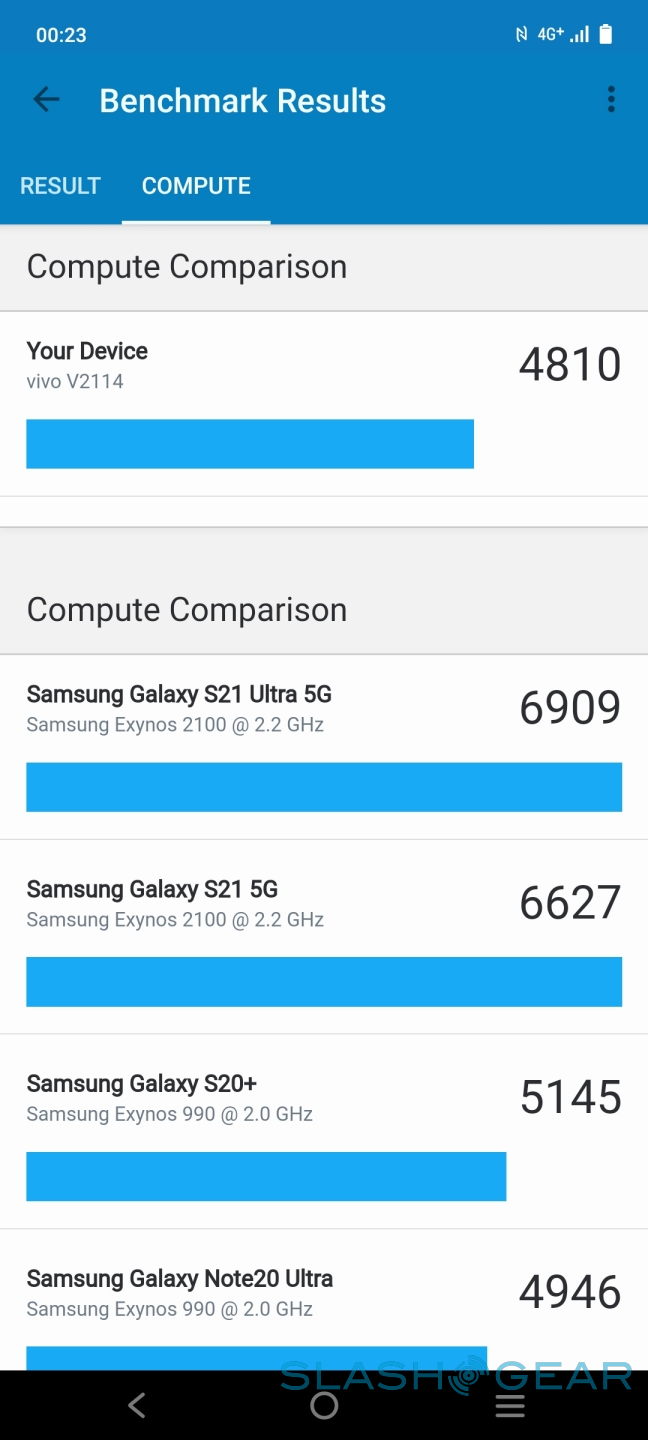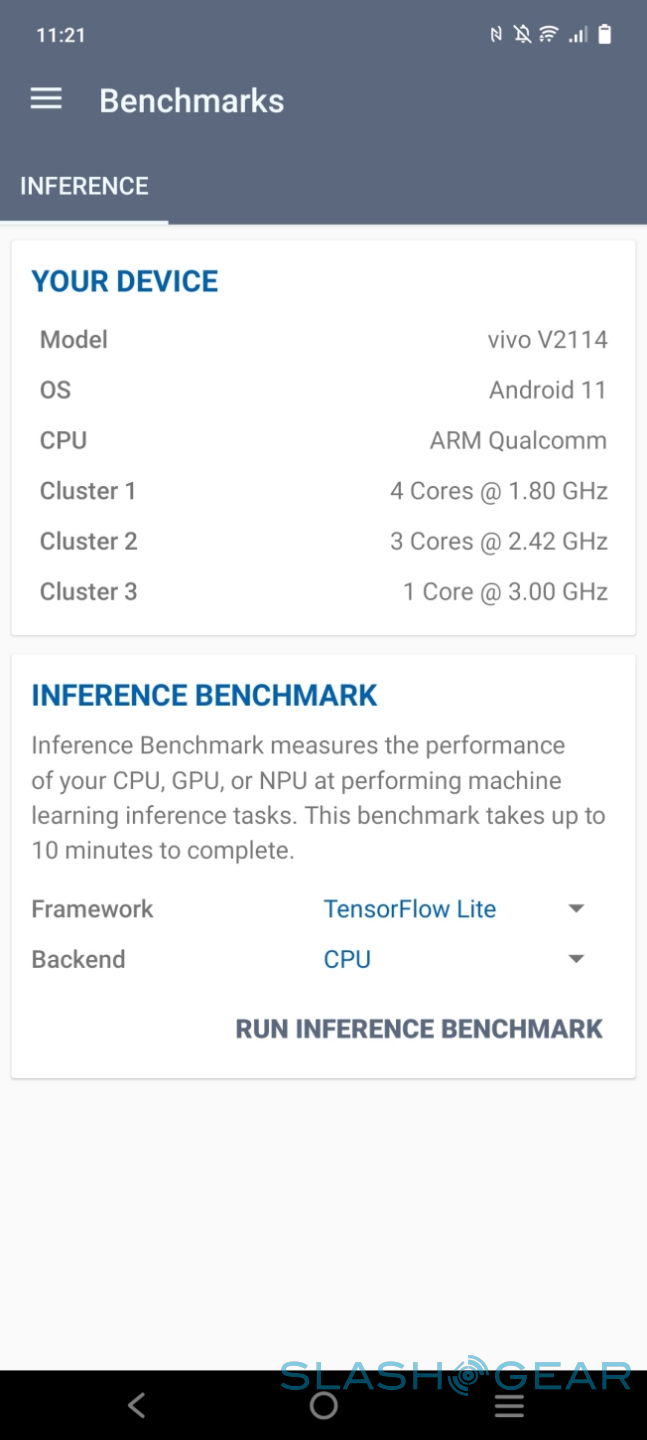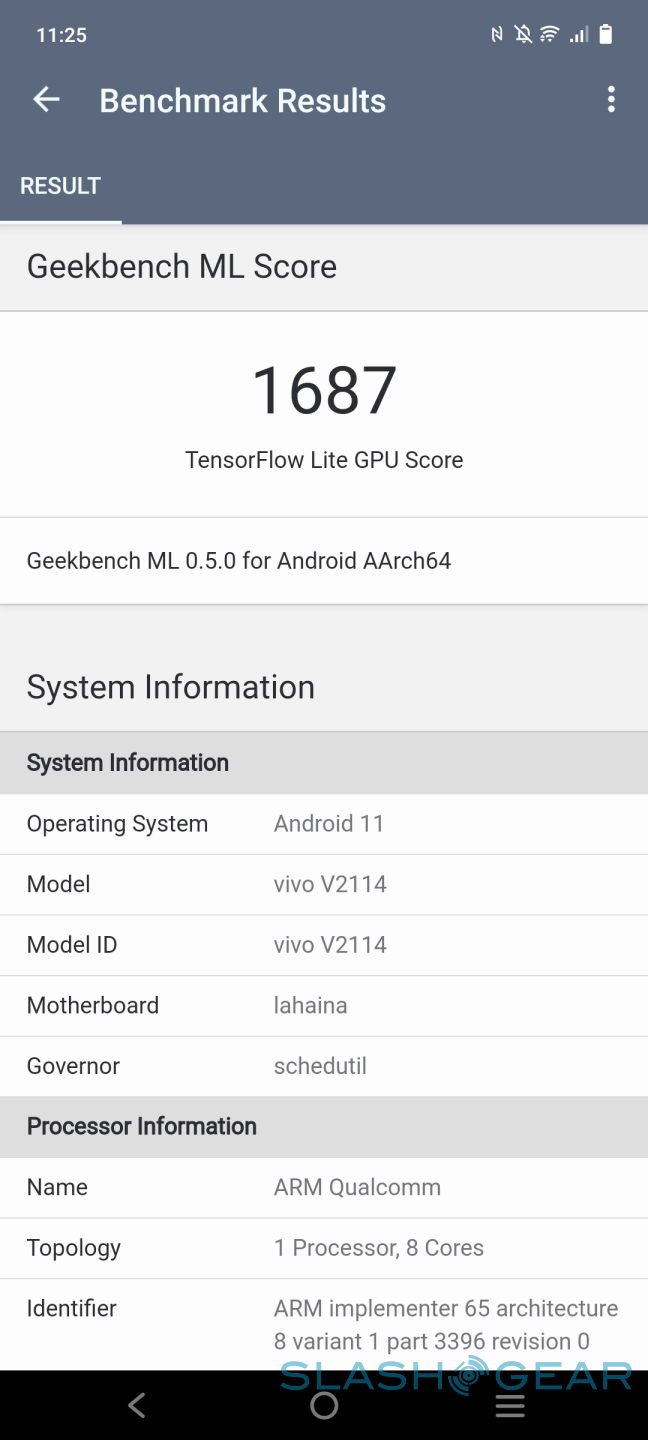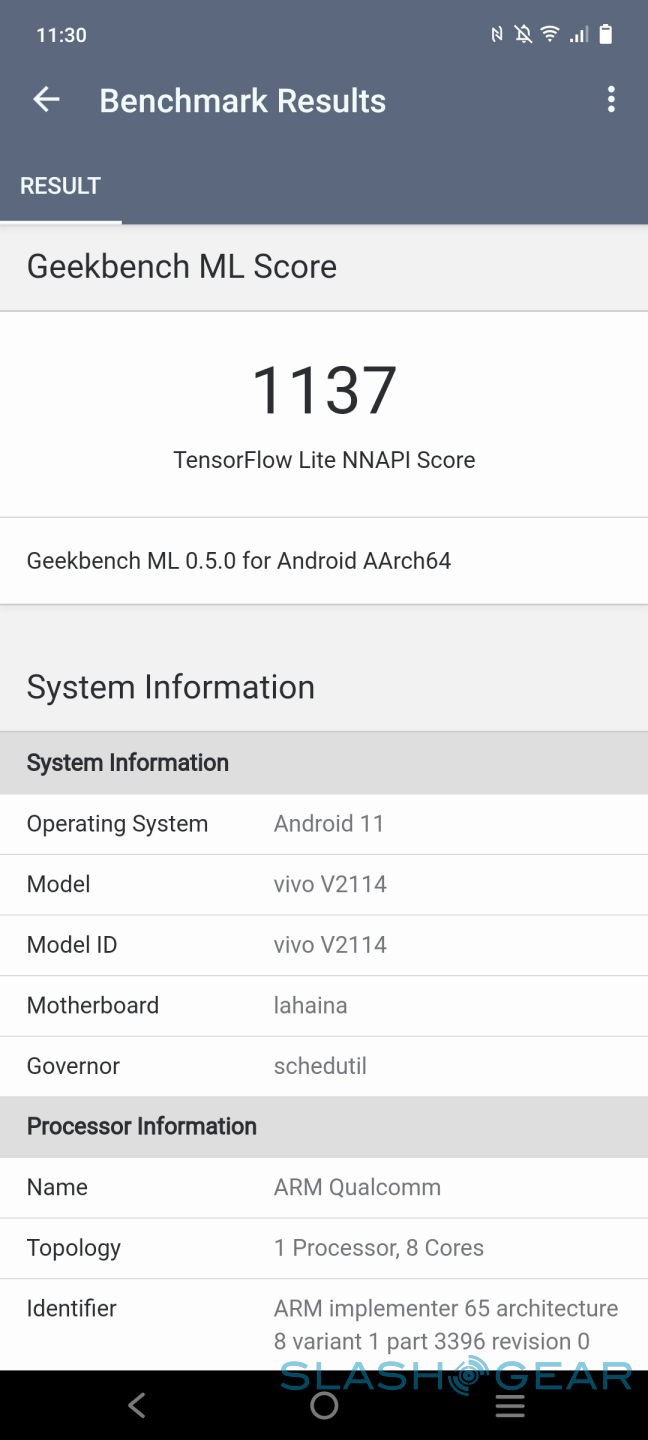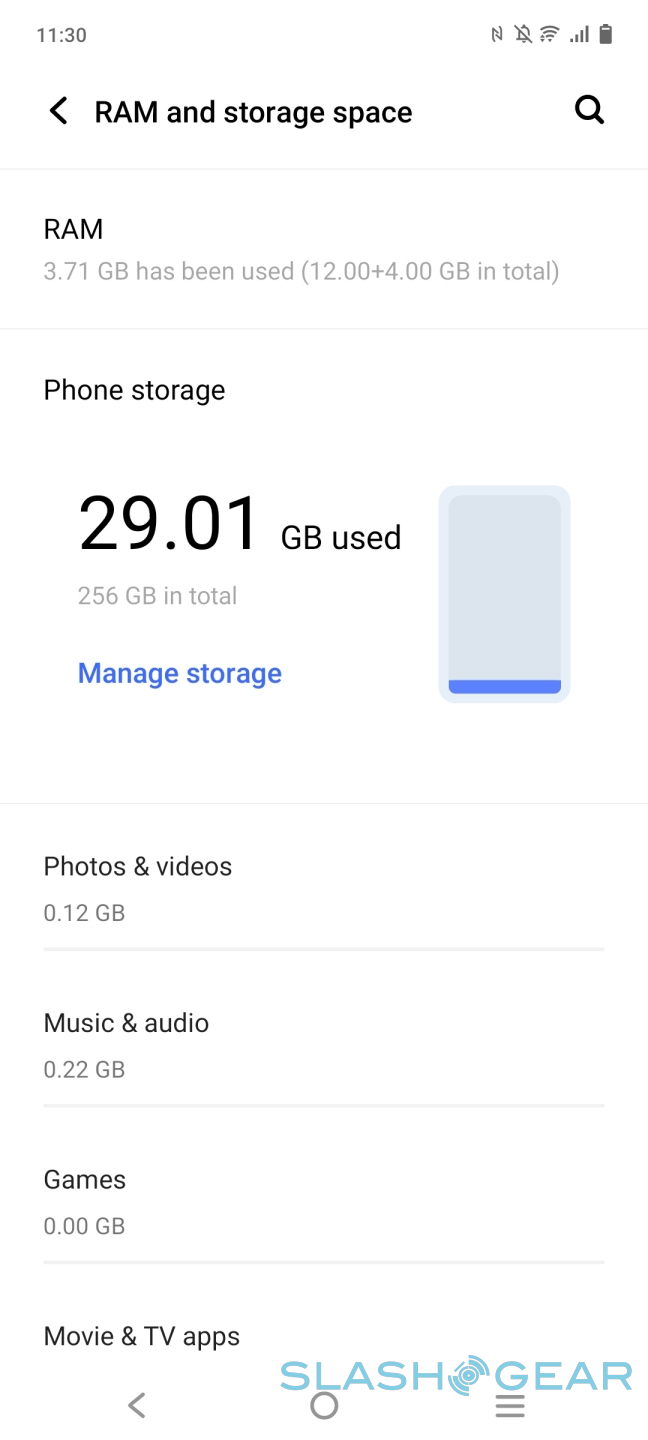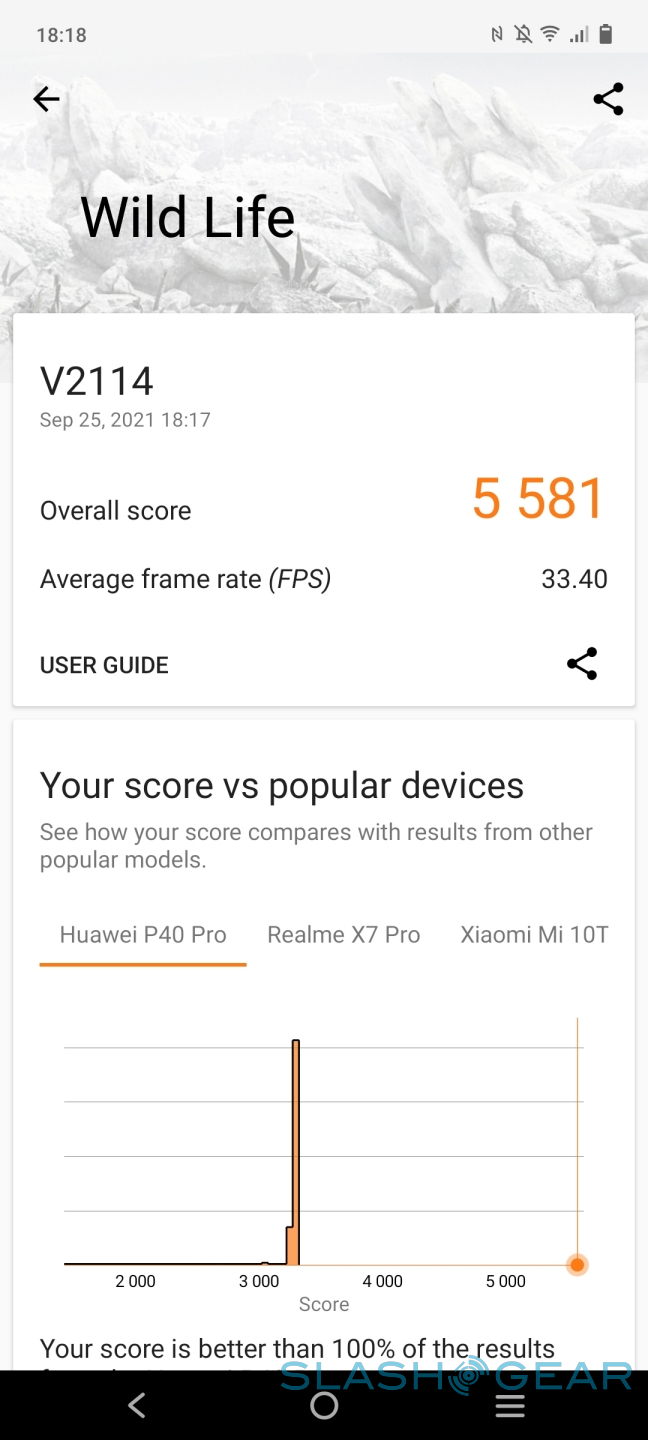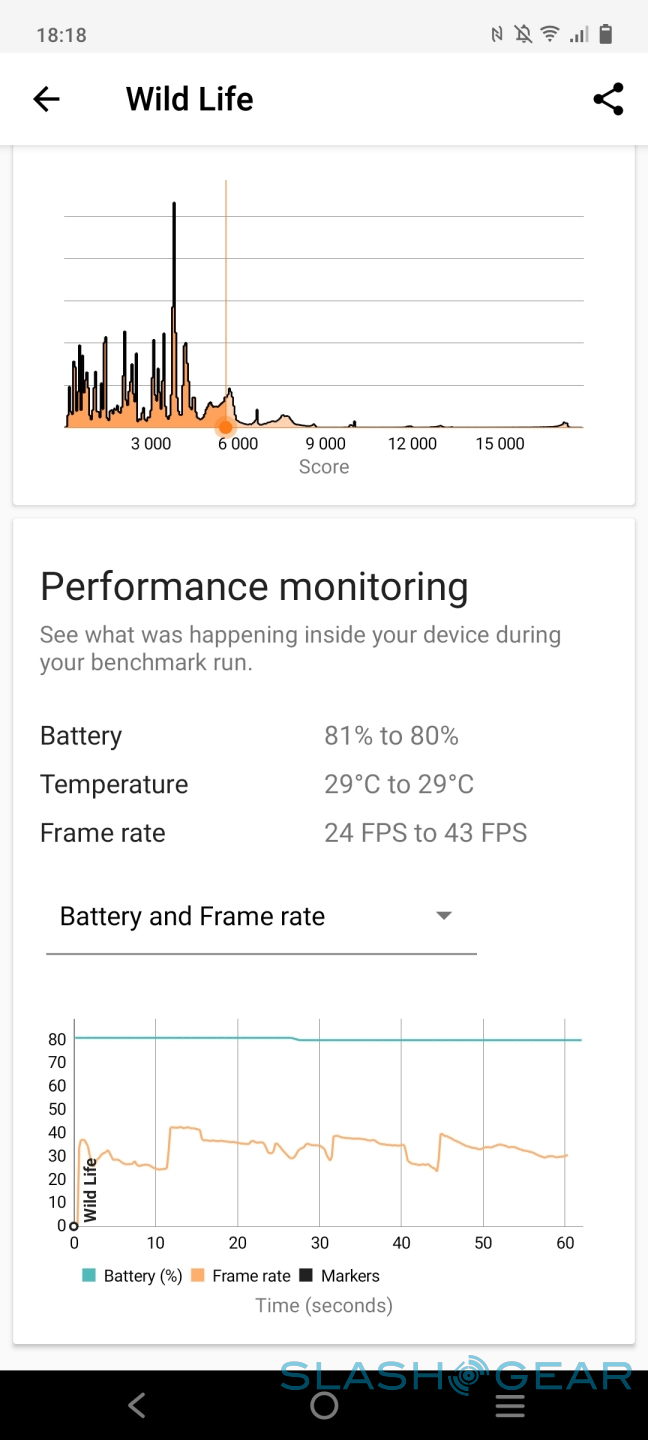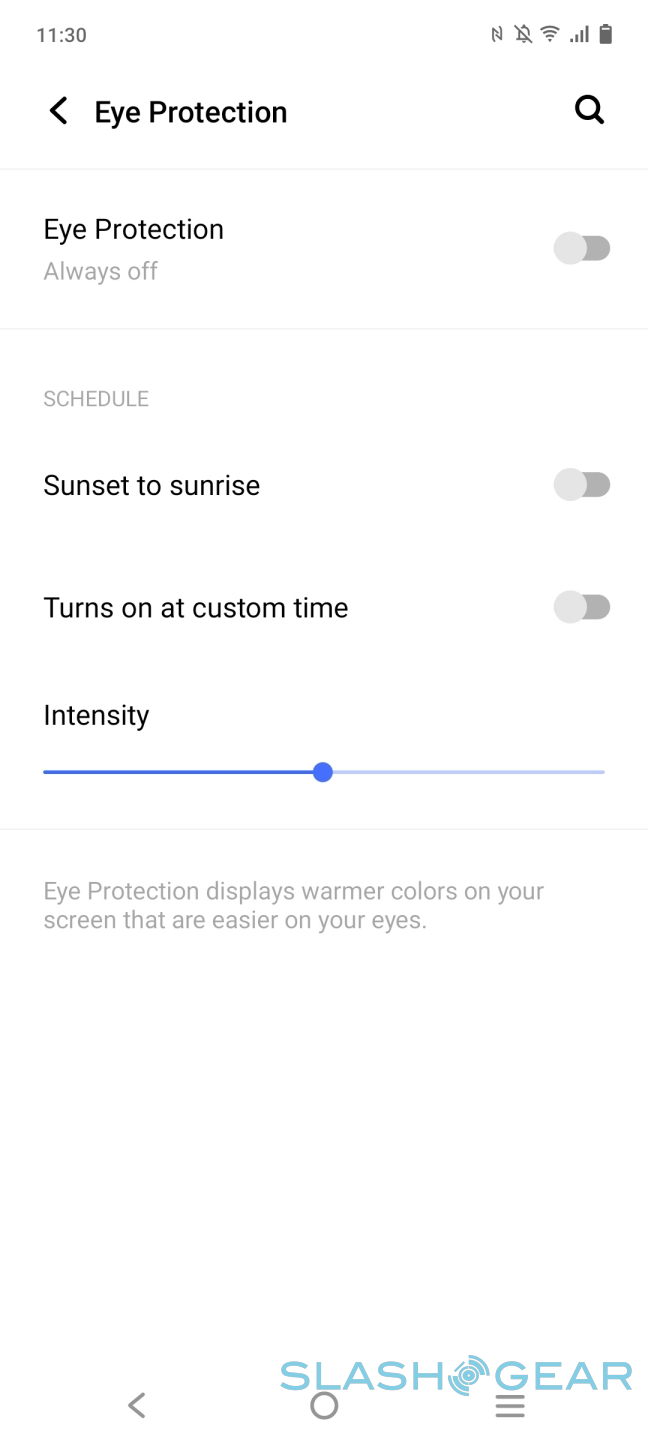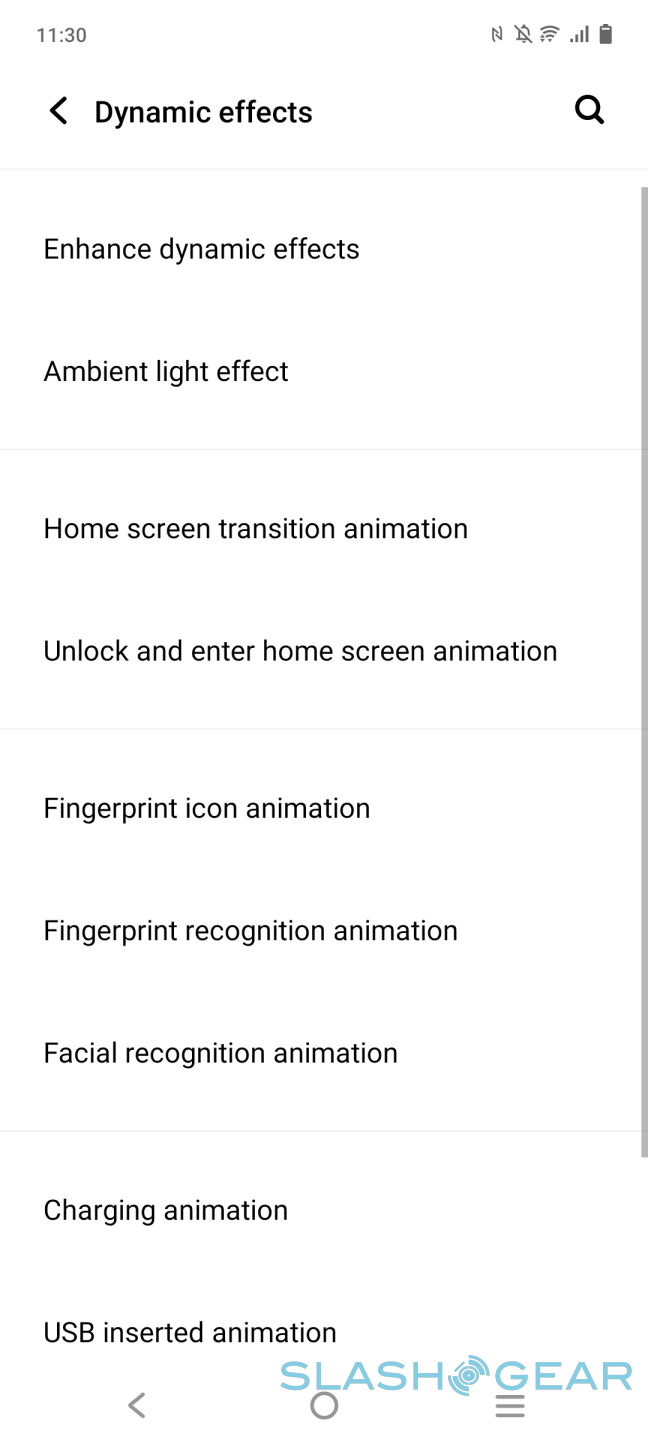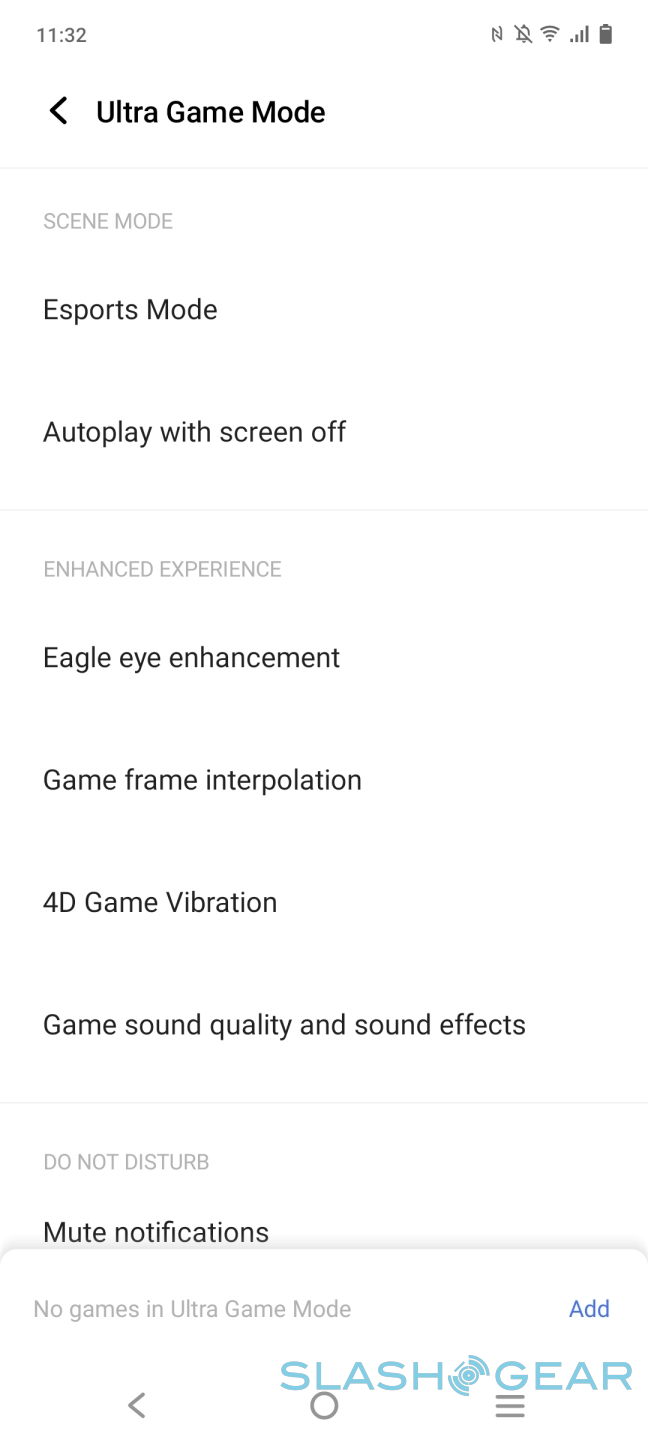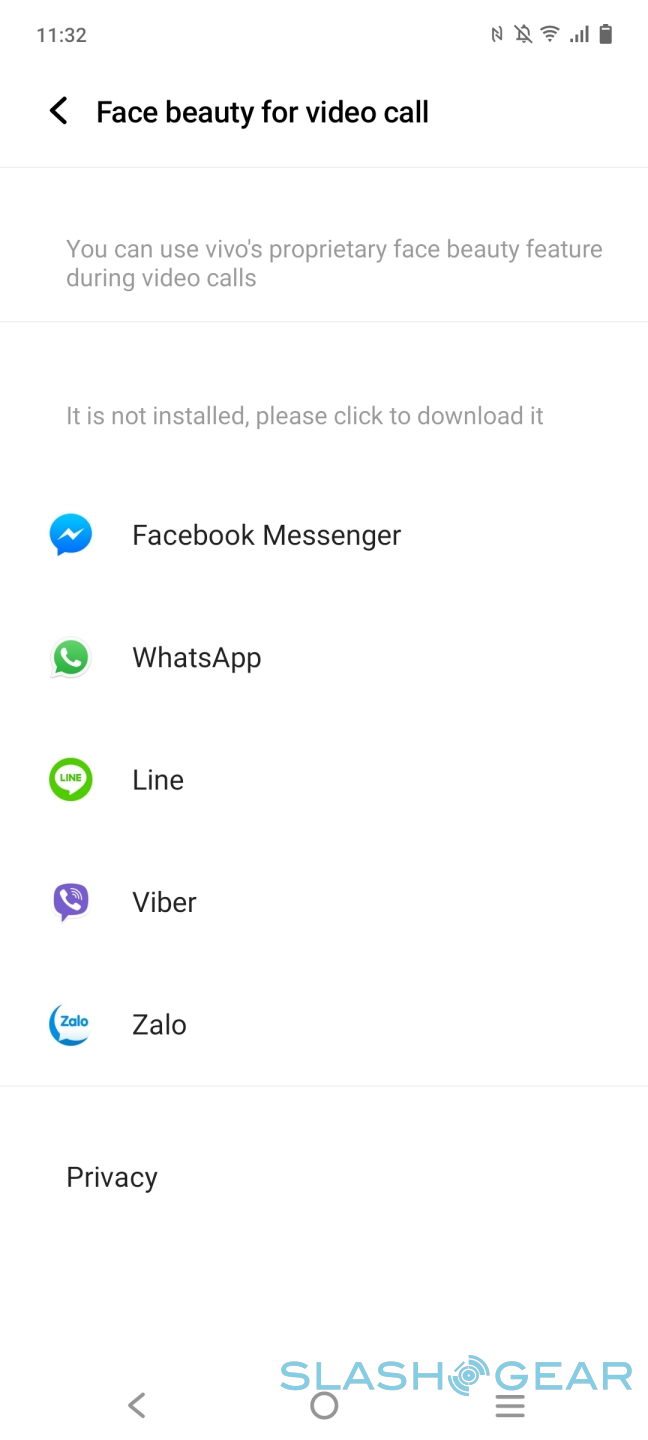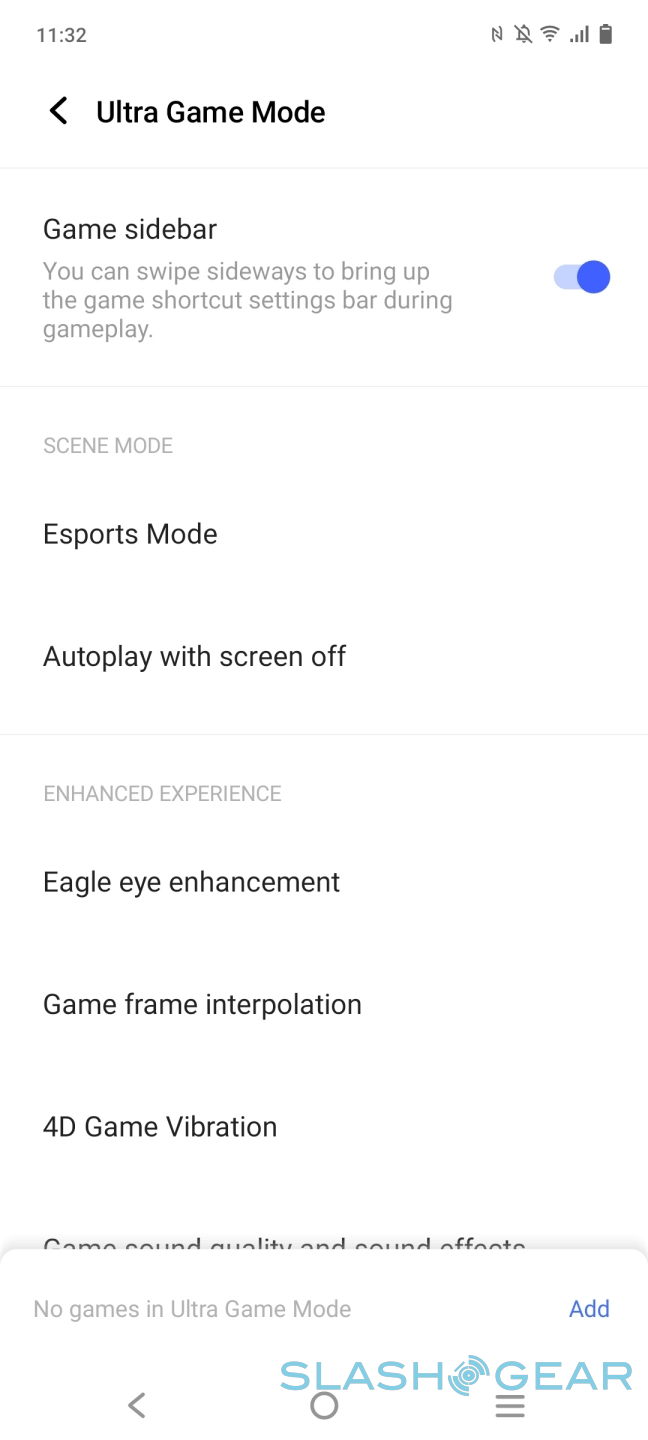Vivo X70 Pro+ Review - Imaging In Focus
- Powerful hardware performance
- Extended RAM 2.0 adds 4GB of memory
- Bright, colorful, and responsive display
- Excellent camera output
- Video stabilization isn't very impressive
- Modest 4,500 mAh battery
Photography has been a core focus of smartphones for the past years, with companies competing on imaging features that often revolve around pixel counts. Both consumers and manufacturers have become smarter and have started putting the focus on other aspects of digital photography, like HDR, low-light performance, and, of course, the all-famous portrait mode or bokeh simulation. Smartphone makers have even partnered with known camera or lens companies to back up their claims. Of all the major phone brands, Vivo has been working hard on raising its profile in that category, so we took the new Vivo X70 Pro+ for a test drive to see if its camera chops are all that the company makes it out to be.
Design
While cameras have become an important part of smartphones, few vendors actually make it the central part of their product, at least in appearance. There have been some obnoxious designs that call attention to the large camera bumps that deck the backs of smartphones, but few actually make it the visual center of the device. The Vivo X70 Pro+, in contrast, definitely makes sure you notice those cameras, even if the design doesn't really offer anything beyond eye candy.
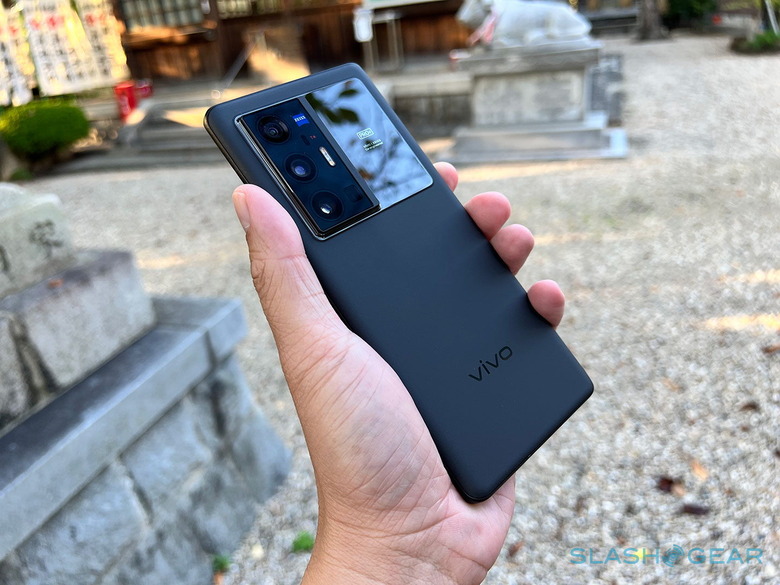
Taking up a large portion of the phone's back is a ceramic surface that is designed to visually complement the large camera array on its left. Despite the press renders and marketing materials, the area's surface isn't reflective enough to be functional as a sort of mirror for taking selfies using the high-quality cameras on its back. It's simply a design embellishment used to draw one's attention to the real star of the show: the four cameras and Zeiss branding.
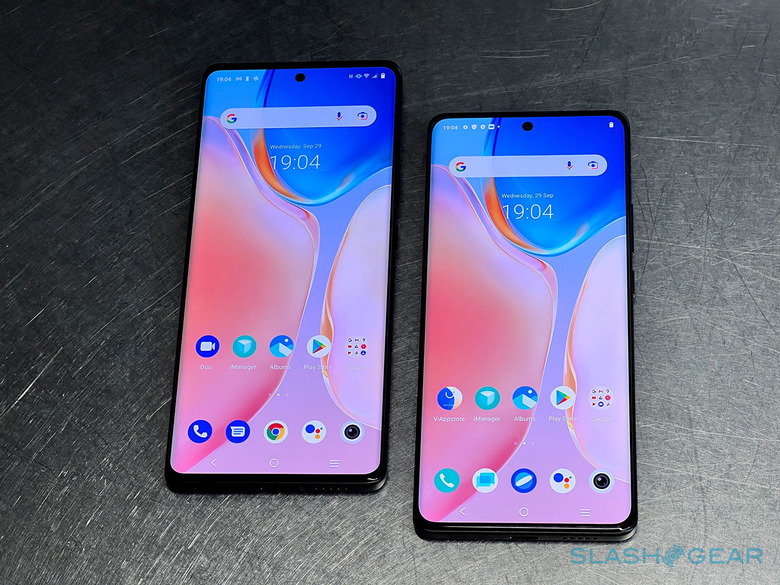
The front of the Vivo X70 Pro+ is less spectacular, but you probably wouldn't notice because you'd be distracted by how good the screen is. The 6.78-inch 120Hz AMOLED screen boasts a full-screen resolution of 3200x1440, broken only by a small dot for the front camera. The 240Hz response rate makes the screen definitely feel responsive, while the E5 luminescent material works as advertised to increase the display's brightness. In short, it's a large and gorgeous screen that delivers vibrant and accurate colors, no matter the type of content.
The X70 Pro+ unsurprisingly comes with a vegan leather option as well as a comparatively plain glass Enigma Black model. The rest of the phone's design is quite nondescript and is typical of most flagships these days, including the soft curves of the front and back sides that meet at the edges. There are no extraneous buttons or ports around either, but that also means the phone does lack that 3.5mm headphone jack, to no one's surprise.
Cameras and Imaging
Its cameras are, of course, the primary focus of the Vivo X70 Pro+, almost making other aspects of the phone secondary. Ironically, the sensors themselves sound pretty similar to the Vivo X60 Pro+ launched earlier this year, but don't let that fool you. Just like in professional digital photography, other factors and components can make or break a camera's output. For the sake of completeness, however, here are the raw specs for the phone's four cameras:
• Main (wide) camera: 50MP Ultra-Sensing Samsung GN1, f/1.57, OIS
• Ultra-Wide camera: 48MP Sony IMX598, f/2.2, 114-degree angle, Gimbal OIS, 360-degree Horizon Leveling Stabilization
• Portrait camera: 12MP, f/1.6
• Telephoto Periscope camera: 8MP, f/3.4, 5x Optical Zoom
Rather than replace a team that already works, Vivo poured its resources on building upon that instead. For example, the Vivo X60 Pro+ already flaunted the ZEISS T* coating, but the X70 Pro+ takes that to the extreme by having all cameras get the same special treatment. This means that no matter which camera you use, you're getting less unwanted effects and artifacts like lens glare, stray lighting, or ghosting.

This has resulted in some impressive images coming out of the phone, though the coating and the use of a high-transmittance glass lens instead of 6P (plastic) materials is only part of the equation. The other part is Vivo's new "Professional Imaging Chip V1" which takes care of frame interpolation and noise cancellation. Even the telephoto camera, with a mere 8MP, produces pretty high-quality photos at high zoom levels.
Vivo's partnership with ZEISS goes beyond just the T* coating. The lens experts' signature Portrait Styles have also been simulated in the X70 Pro+, with the Biotar style from the X60 Pro+ now joined by Planar, Sonnar, and Distagon. While it has definitely improved on the accuracy of the blurring between foreground and background objects, Vivo, just like its peers, still default to creamy faces.

Another area that Vivo is quite proud of is its Ultra-Wide Gimbal Camera and a 360-degree Horizon Leveling Stabilization that uses the horizon line as a frame of reference, no matter how much the phone moves. It bears noting, however, that this Gimbal system is only available on the 48MP ultra-wide camera, which Vivo thinks is what most people will use. In practice, however, you still need to be very conscious of keeping your hand still, especially when walking vigorously.
Specs and Performance
A smartphone isn't just a smart camera, of course, and fortunately, the Vivo X70 Pro+ does have all the bells and whistles that make it a powerhouse. The Snapdragon 888+ is, of course, unrivaled in the Android market, and the phone's 12GB of LPDDR5 RAM has plenty of room and speed for running a good number of apps and games.
In practice, the X70 Pro+ definitely performed admirably with everything that we threw at it. The user interface itself was smooth and fluid, and multi-tasking hardly made the phone choke. Gaming on the phone was definitely a pleasure, especially with the number of features available in Ultra Game Mode.
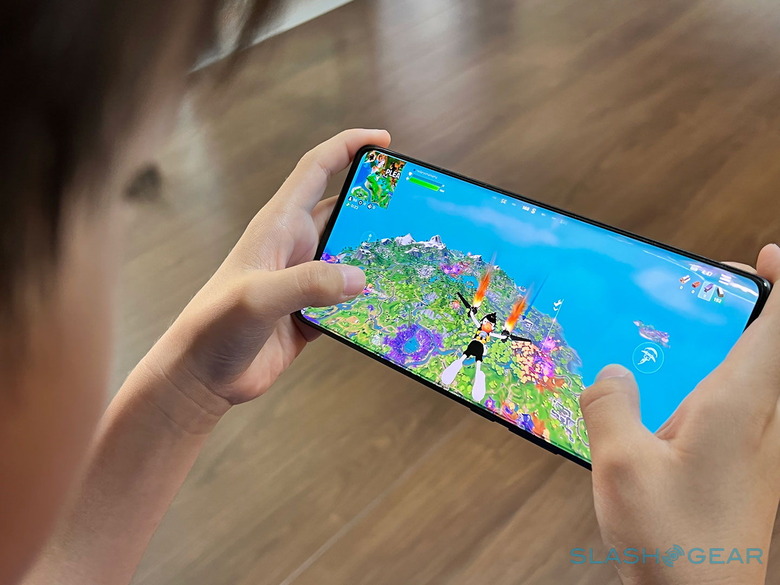
For all that power, however, some might find the 4,500 mAh battery a bit too modest, especially when you consider this is a 5G phone. As always, Vivo tries to compensate with faster charging, particularly with its 50W Wireless FlashCharge technology. Whether it's wireless charging or the slightly faster 55W wired FlashCharge, however, you'll still need compatible chargers to take advantage of all that speed.
Software
The Vivo X70 Pro+ comes with Funtouch OS 12, a slightly confusing name considering it's still based on Android 11 only. There's no shortage of custom features available to customize the phone to one's preferences, including the ability to tweak all kinds of animations to save your eyes or the phone's battery. Vivo is particularly proud of a new infrared remote control feature for the X70 series, turning the smartphone into an all-in-one hub for controlling not only smart appliances but even traditional ones like air conditioners, TVs, and the like.
One particular feature of Funtouch OS 12 that we wished Android itself would support is Extended RAM, now at version 2.0. This latest iteration gives an additional 4GB of RAM to the X70 Pro+'s 12GB for an experience equivalent to having 16GB of memory. Of course, that does take 4GB away from the 256GB UFS 3.1 storage, but it's a choice that is at least available to users if they really need it.
Wrap-up
To some extent, the Vivo X70 Pro+ feels like an incremental step up from the X60 Pro+, which isn't a surprise considering the narrow gap in time between the two flagships. Even most of the camera sensors are identical, though key specs like the display have definitely been given a noteworthy upgrade.
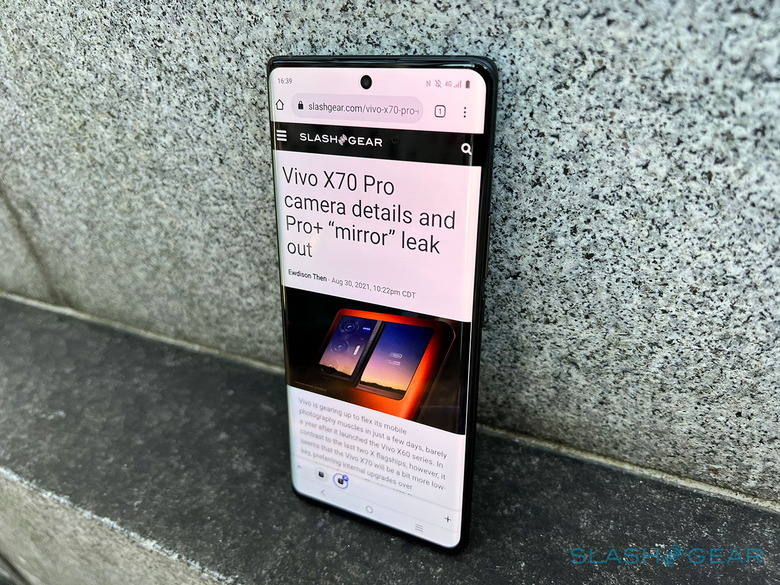
When it comes to those differences, however, Vivo clearly aimed for the improvements that would matter the most, and it hit the nail right on the head. With advanced photography features that you'll be able to enjoy on its large and beautiful screen, the Vivo X70 Pro+ checks all the right boxes for a powerful yet easy-to-use mobile photography tool that you can play games on, too.

